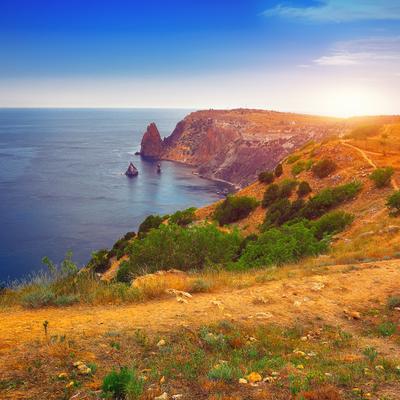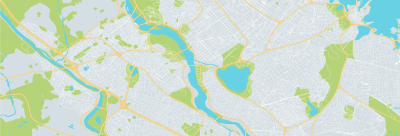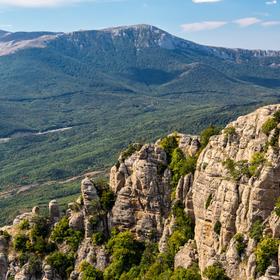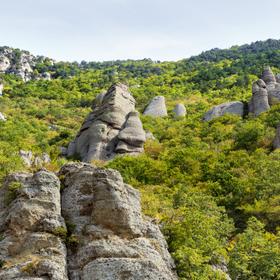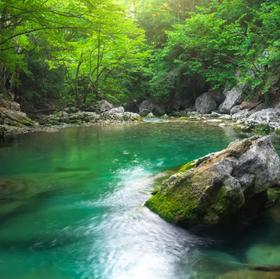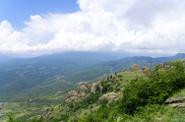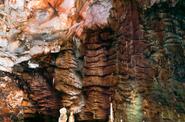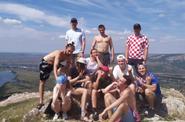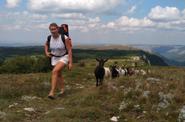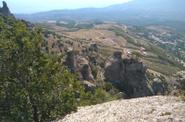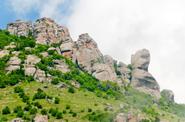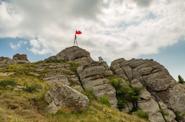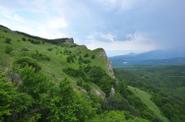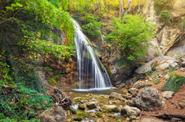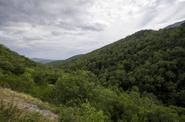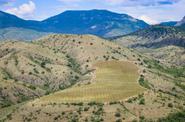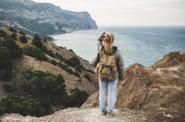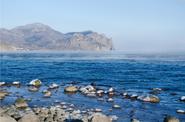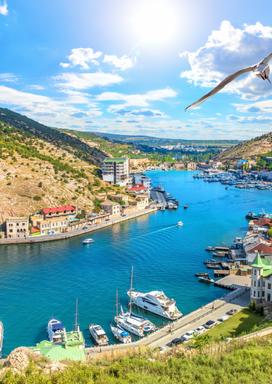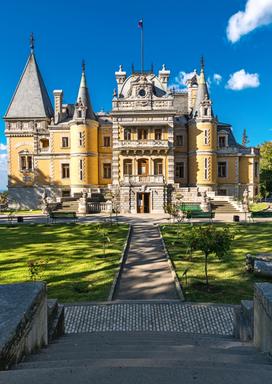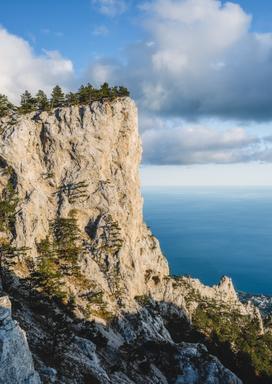The products are carried by tourists. The weight and calorie content of the food layout are calculated by the instructor before the hike and depends on the specifics of the route. The instructor should think over the menu for each day, take into account the upcoming loads for tourists. The products that we take on a hike should not be too heavy. At the same time, camping food should not only compensate for the energy spent on the hike, the food should be tasty and varied.
If the group gets up early and there is a difficult transition ahead, we prepare sweet porridges rich in carbohydrates for breakfast. We offer tea or coffee, sandwiches with cheese or smoked sausage.
A lunch snack accounts for about 30% of the daily calorie intake. At lunch, tourists are offered sandwiches with sausage, bacon or canned meat, sweets: kozinaki, halva, sherbet. Tea.
After a hard day, thick soups, tea and sandwiches go well for dinner.
Tourists are often given "pocket meals". It does not cancel breakfasts, lunches or dinners, but is an addition to them. "Pocket food" contains fast carbohydrates and is designed to compensate for energy losses on a difficult route and satisfy hunger on the go, without waiting for a scheduled meal. Energy bars (protein bars or Snickers bars), sucking candies, nuts and dried fruits can be used as pocket food.
On vacation days, especially if there is a store nearby, we try to cook dishes from fresh products, regardless of their weight and the amount of extra calories.


